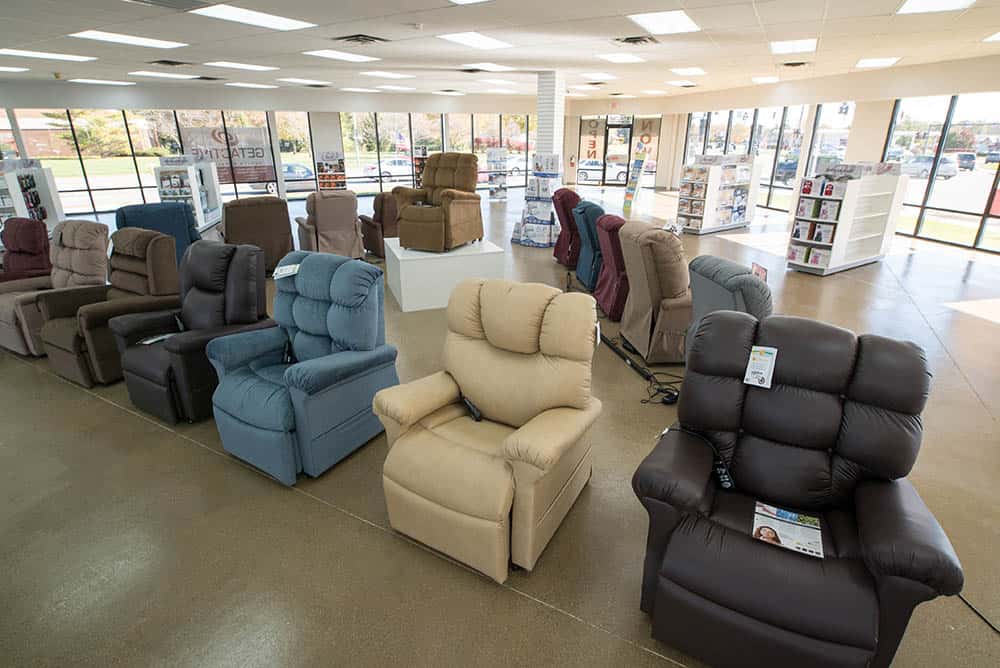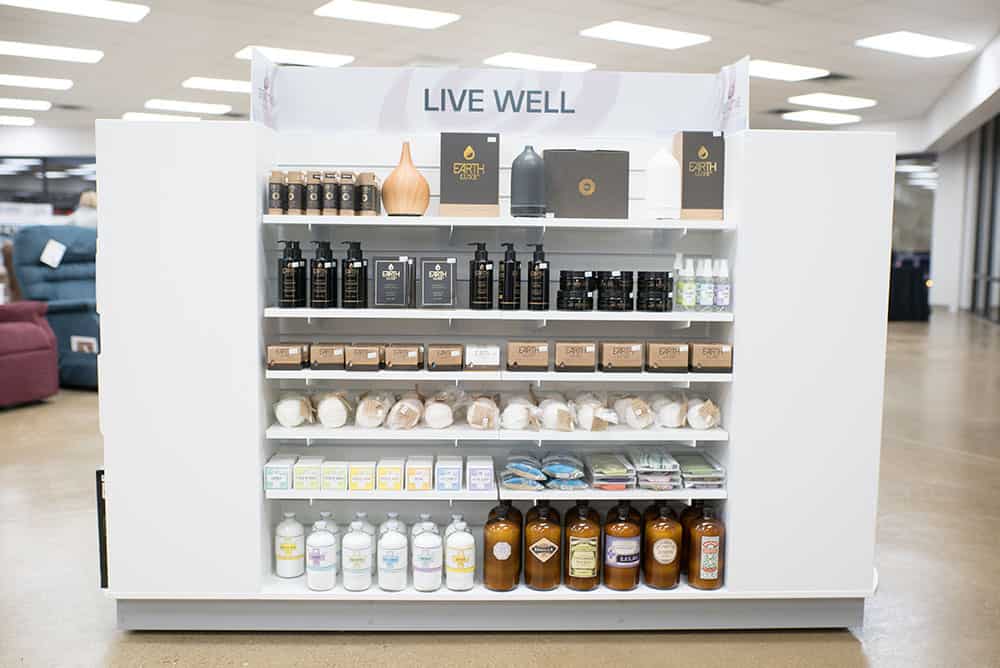Retail guidance: Report provides 10 best mobility retail practices from across the pond for UK dealers

A new white paper from medical supplies giant McKesson for home medical equipment (HME) providers in the USA has provided 10 useful retail and merchandising tips that apply to UK mobility retailers.
Whilst the healthcare and retail environment of mobility retail in America is different to that of the UK, many of the suggestions from McKesson to American retailers are equally applicable to UK dealers, including the need for consistent planning, understanding customers and carefully choosing which products to sell.
Offering “practices that will help you enact a plan that gets customers through your store to buy products that meet their particular needs,” the paper was created by Maria Markusen, Director of Development at mobility specialists VGM Retail Services, and McKesson’s retail experts Jason Moonen, Senior Development Product Manager, and Brian Wenzel, Senior Brand Manager.
10 top tips for mobility retailers
“1. Know your numbers and your customers.”
The first and most important rule of merchandising is for retailers to know their customers intimately says the white paper, helping retailers to pick the most appropriate products and group them for displays to maximise value.
The white paper also advises that mobility companies should commit to gathering store data which can be used to inform future decision-making, such as customer demographics, purchase frequency of particular products, which products are best-sellers and optimal price points.
“2. Place cross-selling items next to each other”
For both bricks and mortar and online mobility retailers, cross-selling products is a key means of gaining valuable added revenue by customers purchasing additional products on top of their primary purchase.
According to the white paper, retailers in the mobility sector should use store data to understand which products are being purchased collectively and ensure these are positioned together to drive incremental sales.
“3. Make sure your salespeople can manoeuvre through your store”
Alongside grouping certain products together, the paper advises ensuring that staff are aware of why a store is laid out in a particular and why certain products are placed together, allowing staff to quickly make product suggestions when speaking to customers.
“4. Design your store to flow for your customers.”
Pointing out that a mobility store needs to go beyond looking good, McKesson’s white paper highlights that mobility shops need to be easy for wheelchair users and those with disabilities to navigate.
In the report, it emphasises that many retailers will clutter showrooms with too much merchandise, instead advising to make aisles wide and uncluttered.
“5. Stock seasonal and POP products.”
Noting that seasonal products keep a retail shop “fresh” and encourage repeat customer visits, the white papers says seasonal products make ideal point-of-purchase (POP) items and should be placed on a table towards the front of a store.
For mobility retailers, it proposes to link these with events in the healthcare calendar, such as a winter product safety store theme during colder trading months.
Additionally, the white paper advises incorporating items that may not necessarily be healthcare related into these seasonal, point-of-purchase products, such as scented candles and other Mother’s Day items in May.
According to the paper, a point-of-purchase product should have five qualities: be interactive, enticing customers to play engage with it; be attention-grabbing, drawing a customer’s eyes; offer convenience; be novel, offering products not often found elsewhere; be easy to grasp, both physically and mentally; and include eye-catching signage.
“6. Use signage to guide customers through your store.”
Emphasising that good signage which makes finding a desired product easier leads to a better customer experience, the white paper warns against using industry technical terms that consumers – particularly those new to the world of mobility – may not understand.
“7. Strategically place products in your store to increase sales.”
Stating that manufacturers that place items in retail superstores “pay a premium for prime locations, such as having items displayed at eye level or on end caps,” McKesson’s paper suggests placing popular products in these locations, taking into consideration store demographics.

It also recommends having small-ticket, handheld items that assist with daily living nearer to an entrance of store, encouraging consumers to pick these up when they first begin shopping and increasing a consumer’s confidence when it comes time to make bigger-ticket purchases.
Addressing fixtures and fittings, the white paper notes that as mobility and independent living manufacturers’ packaging becomes more modern, old-fashioned shelving and displays should also be updated in mobility retailers’ showrooms.
Interestingly, the report asks retailers to consider their displays and the amount of floor space being used, questioning: “If you have elaborate bedrooms or bathrooms constructed for display in your showroom, are they taking up space that could be generating more money with more products?”
Pointing out popular categories that retailers should consider stocking, McKesson Senior Development Product Manager Jason Moonen draws attention to wound care, incontinence, and orthopaedics ranges.
“8. Use retail packaging to differentiate products.”
Describing much of the product packaging in the HME sector as “bland, especially for institutional products,” McKesson’s experts point out the lack of colour, imagery or design elements employed by manufacturers.
The report suggests retailers talk to manufacturers and distributors about packaging requirements and ideas to help enable retailers to display and sell these products.
“9. Use a manufacturer that makes your life and your customer’s life easier.”
Marketing and educational materials, training, point-of-purchase displays and more are all elements that suppliers should provide to retailers states the report.
In addition, the white paper underlines that some more manufacturers and distributors offer personalised marketing collateral, with McKesson affirming that it provides retailers with editable marketing materials including PDF catalogues.
In addition, delivery fees, shipping times, and product satisfaction guarantees were flagged as areas where suppliers can provide added value to their retailers.
“10. Understand that retail is an endless journey of measuring and experimenting.”
“Merchandising is a part of the whole,” concludes Markusen in the white paper.
“It doesn’t stand by itself. It takes more than a beautiful store. It takes good employees who make a good connection with the customer. It takes products that improve a customer’s condition. Merchandising is the icing on the cake that will push you from being a B-plus retailer to an A-plus retailer.”
A multi-billion-dollar organisation, McKesson Corporation is an American distributor of pharmaceuticals and medical supplies. LloydsPharmacy, BetterLife and AAH Pharmaceuticals form part of McKesson’s UK operations.


